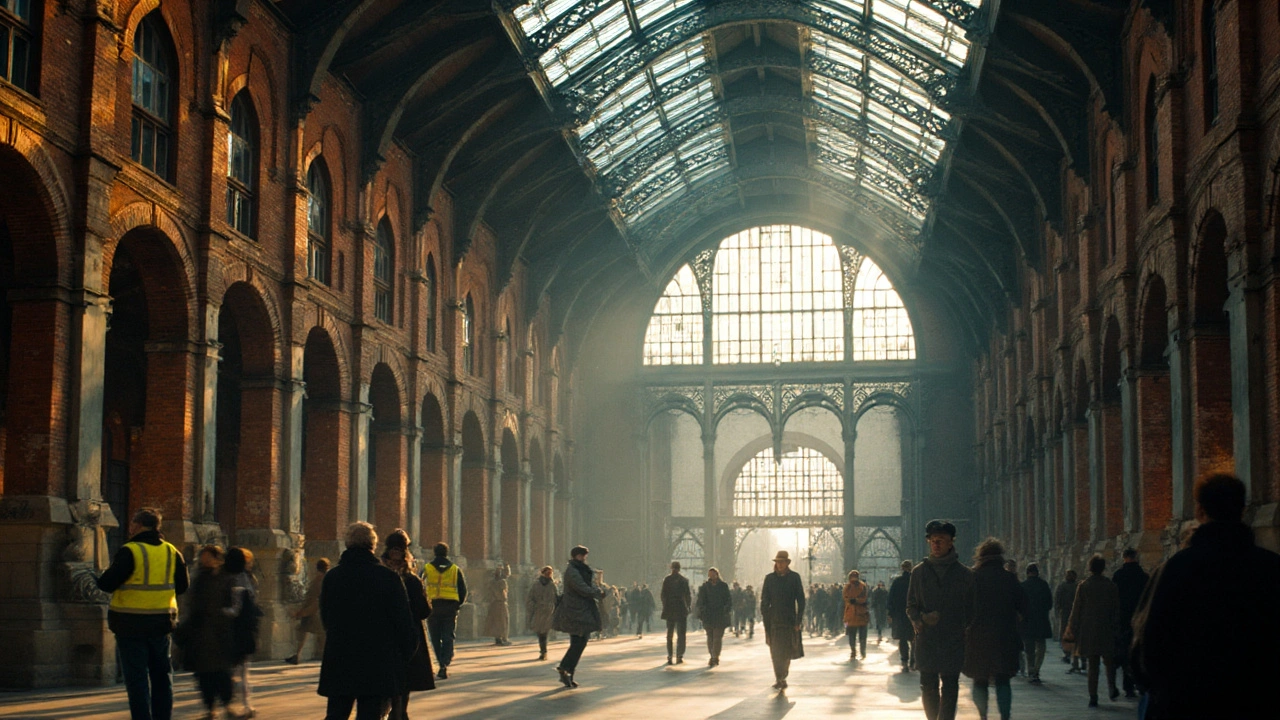Why Gothic Revival felt like high-tech before high-tech: the elements, engineering logic, and how to use it today without turning a building into a costume.
Rib Vault: A Quick Guide to the Iconic Gothic Ceiling
When you walk into a grand cathedral and look up, the first thing you notice is the web of stone arches criss‑crossing the ceiling. Those intersecting arches are called a rib vault. It’s the framework that holds up the roof while letting light flood the interior. In plain terms, a rib vault is a ceiling made of thin stone ribs that form a pattern, with the spaces between filled with lighter material.
How a Rib Vault Is Built
Builders start by shaping strong stone ribs that follow the desired arch shape. These ribs are laid out first, like the bones of a skeleton. Once the ribs are in place, they act as a guide for the infill – usually a mix of brick, stone, or plaster called the web. The web is much lighter than solid stone, so the whole ceiling stays strong without being super heavy.
Because the ribs carry most of the weight, the walls don’t have to be as thick. This opened up space for bigger windows, which is why many Gothic cathedrals have those spectacular stained‑glass walls. The rib‑and‑web system also lets architects play with patterns – think of fan vaults in England or the star‑shaped designs in France.
Why Rib Vaults Still Matter Today
Rib vaults aren’t just old‑world tricks; they teach us about efficient structural design. Modern engineers study the geometry to create lightweight roofs and even 3D‑printed structures. Architects also borrow the visual drama of rib patterns for contemporary interiors, giving a historic feel without the heavy stone.
If you’re traveling, spotting a rib vault is easy. Look for intersecting arches that curve upward and inward, forming a ribbed network. Famous examples include the Notre‑Dame de Paris, the Cologne Cathedral, and the fan‑vaulted Henry VII Chapel in Westminster Abbey. Each shows a different take on the same basic idea.
For students, the rib vault is a great case study in how form follows function. The ribs solve a practical problem – supporting a huge roof – while also creating an eye‑catching design. That dual purpose is why rib vaults are a staple in any architecture curriculum.
In restoration work, understanding rib vault construction helps conservators repair damage without compromising the original design. They often replace broken ribs with matching stone and reinforce the web with modern materials that look the same but last longer.
Bottom line: rib vaults are a clever blend of engineering and art. Whether you’re an architecture fan, a traveler, or just someone who enjoys looking up, knowing what a rib vault is makes those soaring ceilings even more impressive.

